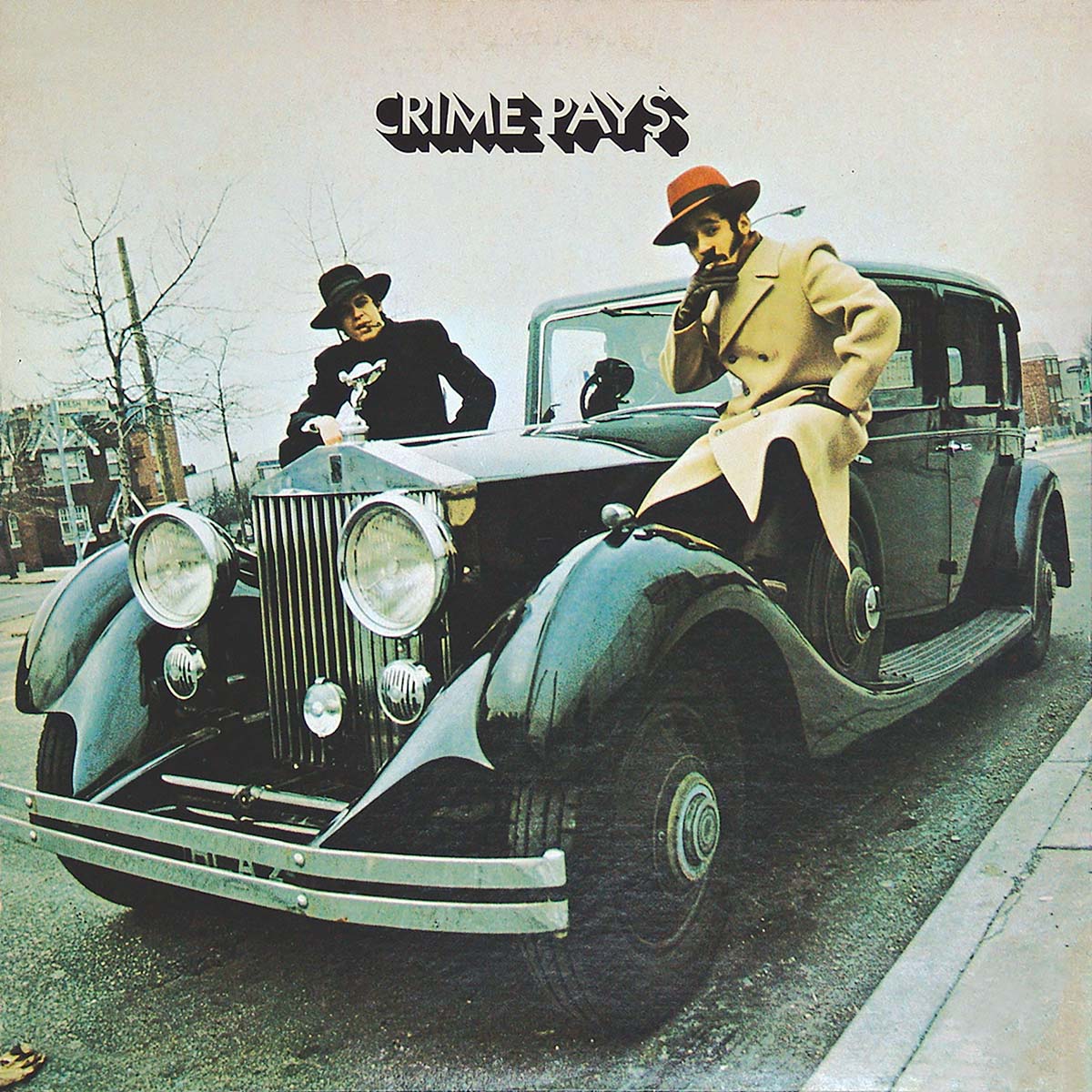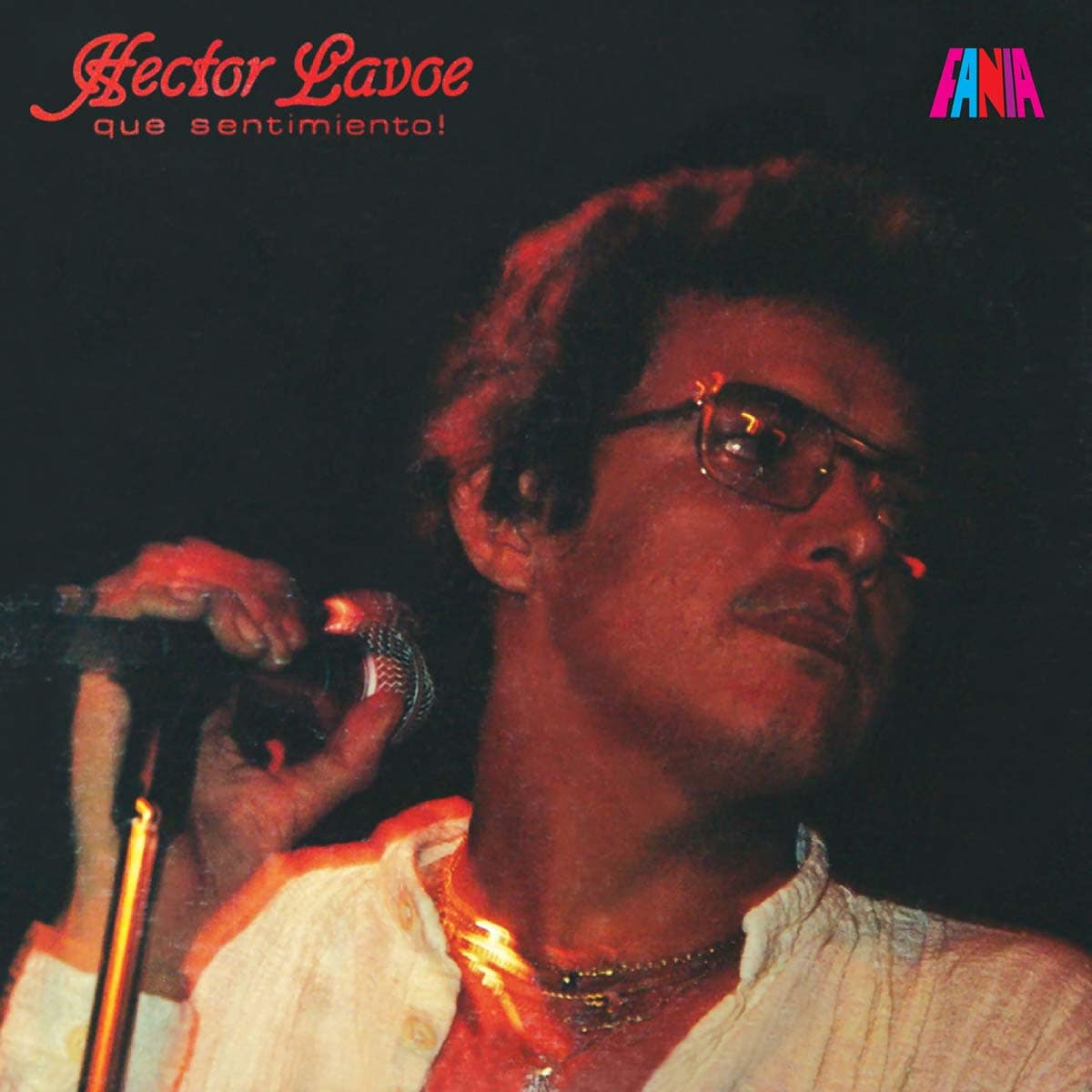
The transcendence of “Recordando a Felipe Pirela” (“Remembering Felipe Pirela”) made it one of Héctor Lavoe’s most successful albums with Fania Records.
The production serves as a dedication and tribute to the late Felipe Pirela, a talented Venezuelan bolero singer possessed of a spectacular voice and brilliant writer of romantic Latin American songs. His voice seduced hundreds of thousands of fans who identified with him, christening him “The Bolero Star of the Americas.” Héctor Lavoe was a great admirer of Pirela as both a person and an artist. Ever since Pirela’s death, Lavoe had had the desire to express his admiration and respect for the artist – and what better way to do that than to sing his songs?
The idea took shape and found support in Willie Colón, who produced several of Héctor Lavoe’s most successful solo albums. Fully aware of Lavoe’s trajectory, talent, and potential, Colón agreed immediately to work on the project, which required immense responsibility. He was also able to visualize the impact such an album would have among bolero lovers and fans of Felipe Pirela and Héctor Lavoe alike. Felipe Pirela’s discography boasts more than 30 albums, from which Héctor Lavoe selected some of his most representative numbers, including “Vieja carta,” written by Salvador Flores; “El infierno,” written by Mario de Jesús; “La retirada,” penned by José Alfredo Jiménez; “Pobre del pobre,” written by Adolfo Salas; “El retrato de mamá,” written by M. Falero and C. Russo; “Sin explicaciones,” penned by DR; “Castigo,” written by Edmundo Arias; and “Sombras nada más,” written by Franciso Lomuto and José M. Cortusi.
This last number is a classic of the genre, and is considered one of the most successful songs in Pirela’s repertoire. All of these songs appear on the album “Recordando a Felipe Pirela.” Héctor Lavoe’s vocals take them to a whole new level, ensuring their continued success among fans.
For Héctor Lavoe, with his popular, streetwise, defiant style, taking on the bolero genre was an enormous challenge in his professional career. Even more challenging was taking on such important songs by Felipe Pirela; however, he rose to the challenge. In 1979, the album’s release was a real achievement.
The media gave Héctor Lavoe’s impeccable renditions high praise. In producing the album, no expense was spared. Offering their participations were consecrated musicians such as Carlos Francetti, Jorge Calandrelli, and Loui Cruz, who were responsible for the musical arrangements. Careful consideration went into the cover art as well: a drawing of Héctor Lavoe in a romantic, enigmatic pose, very appropriate considering the album’s contents. The production caused a flurry of excitement in the music world; nobody could have anticipated the public’s reaction to it, or the extraordinary sales it boasted starting the day of its release. This success prompted Fania Records to re-release the album, not only due to its enormous appeal, but as a way to satisfy the demands of collectors of these two great artists. With this production, Héctor Lavoe put his multiple talents to the test. He is a well-loved artist with more than 200 songs recorded on 11 albums with the Willie Colón Orchestra, and nine albums as a soloist, not counting his participation with Tito Puente and the Fania All Stars.
His steps in a musical direction that was entirely new to him resulted in a professional success that left him completely satisfied. His dream had become a reality: he had paid a well deserved tribute to one of his colleagues, his friend with whom he had so much in common. Fans were undoubtedly influenced by both Héctor Lavoe and Felipe Pirela’s controversial personalities. These two great artists never truly achieved emotional stability. Ironically, both were marked by a dramatic destiny with a fatal result. After short, but brilliant and successful musical careers, they both died young. Felipe Pirela died on July 2, 1972 at the age of 31; Héctor Lavoe, on June 29, 1993 at the age of 47.
Written by Angel Iturralde Valdes
















